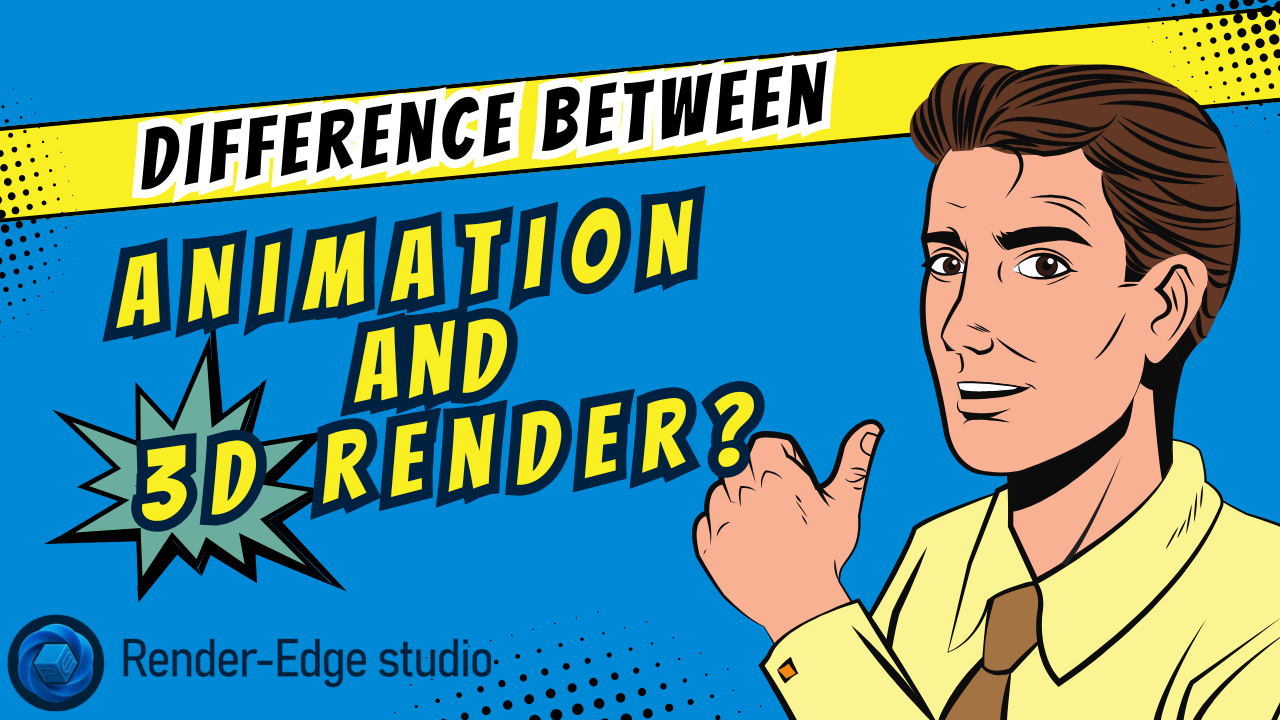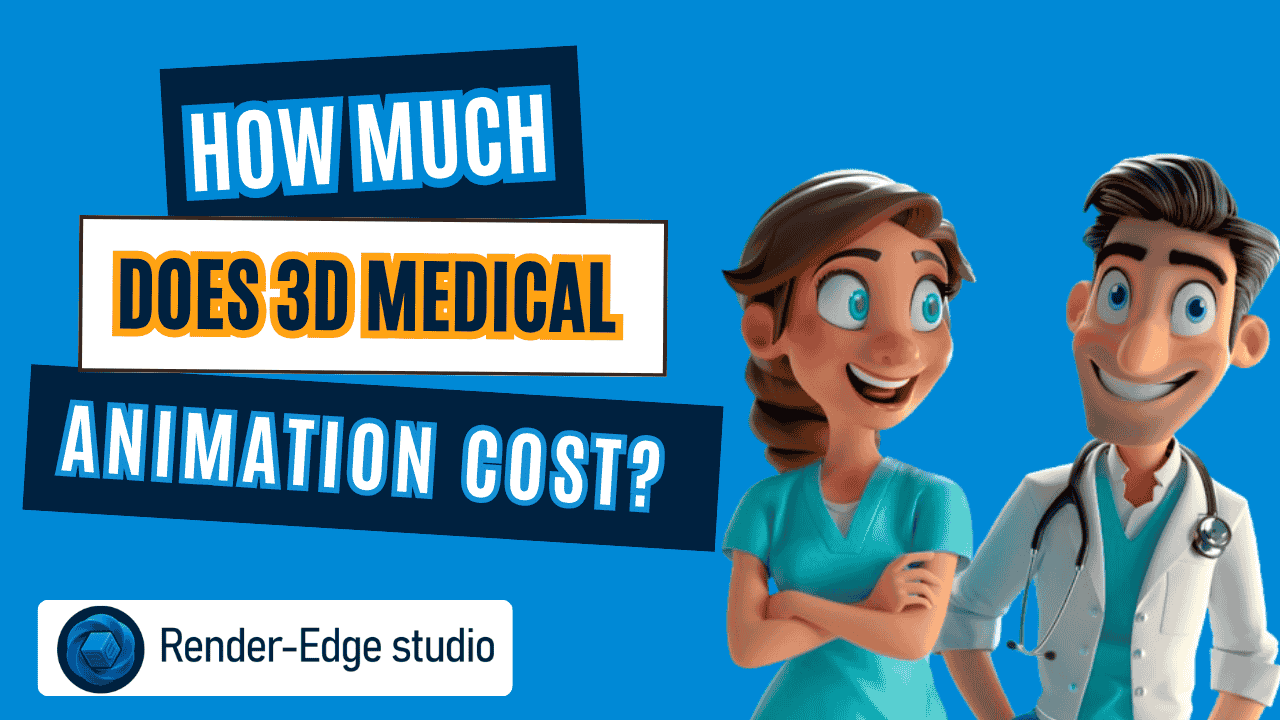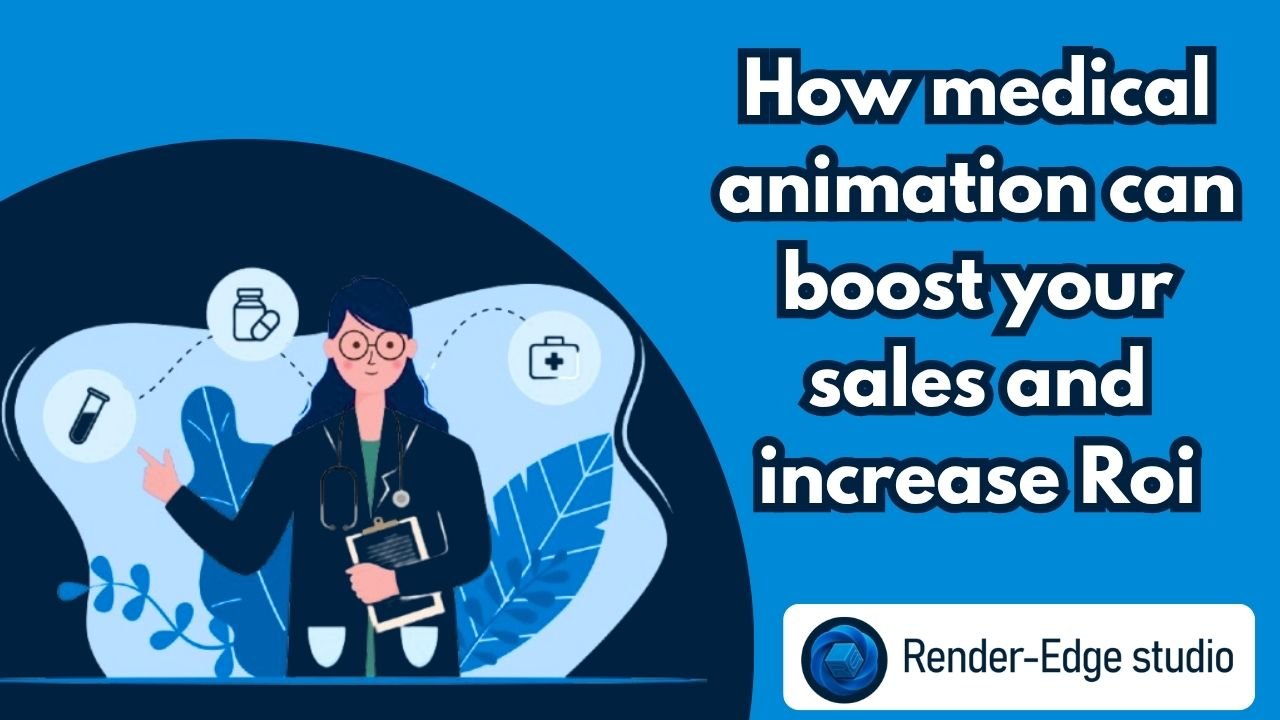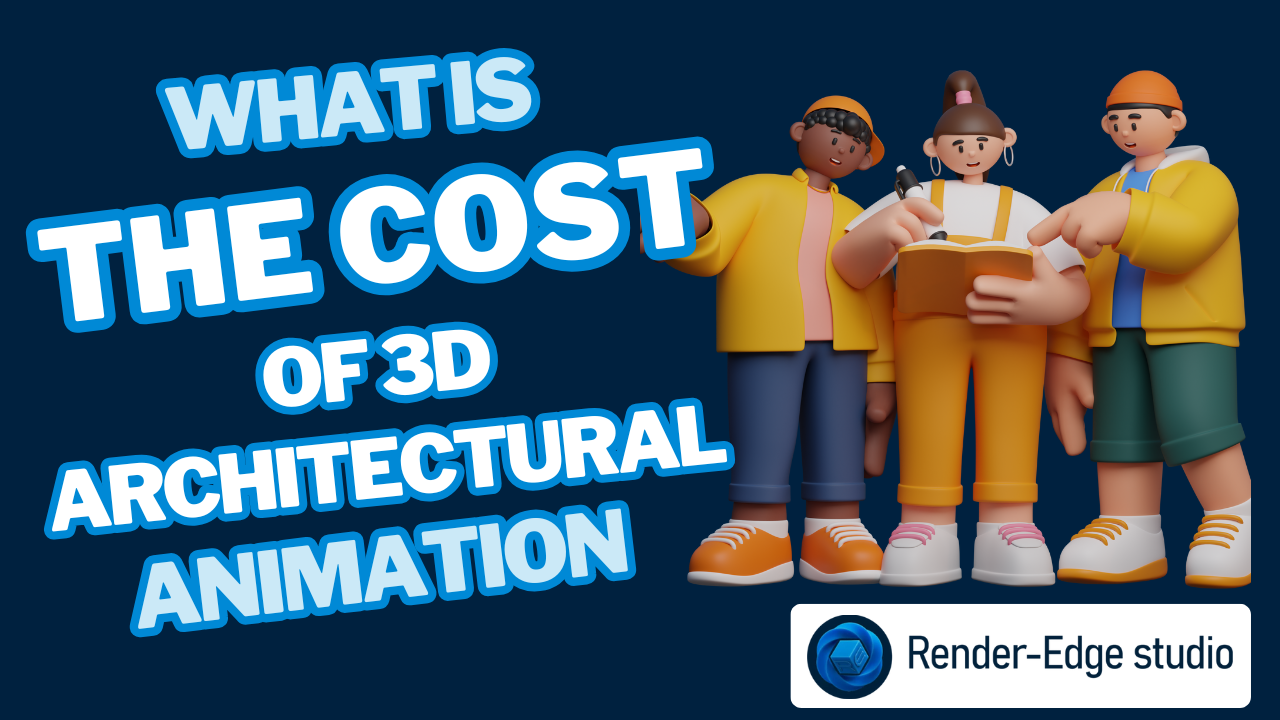If you have searched for architectural projects, product showcases, or visual effects for the film area, chances are you have encountered 3D rendering and 3D animation. Upon first glance they may seem very similar because they create beautiful digital scenes. However, there is a difference, although they are related to one another their purposes are very different.
Let me try to break it down very simply and in a very friendly manner as if I were saying it over a coffee with you.
Conceptualizing 3D Rendering Comparing to Animation
3D rendering is a bit like photography in the digital realm. You create a model, maybe an off-the-wall futuristic car or a sleek luxury apartment, and turn that model into a polished, photorealistic image. If a rendering is a photograph, it’s like taking a photograph in a single moment.
While, 3D animation is a little like filmmaking. An animation is a collection of renders, pieced together to create the sense of motion. The environment and objects move, objects change or fly through the air, the cameras fly, stories unfold.
| Feature | 3D Rendering | 3D Animation |
| Definition | Converts a 3D model into a high-quality static image | A sequence of rendered images played to create motion |
| Purpose | Showcase a single moment or design | Tell a story, demonstrate motion, or create walkthroughs |
| Output | Image files (.jpg, .png) | Video files (.mp4, .avi) or interactive scenes |
| Analogy | A photograph | A movie |
| Time Required | Minutes to hours per image | Hours to days per animation sequence |
| Tools | Blender, 3ds Max, V-Ray, Cinema 4D | Blender, Maya, Houdini, After Effects |
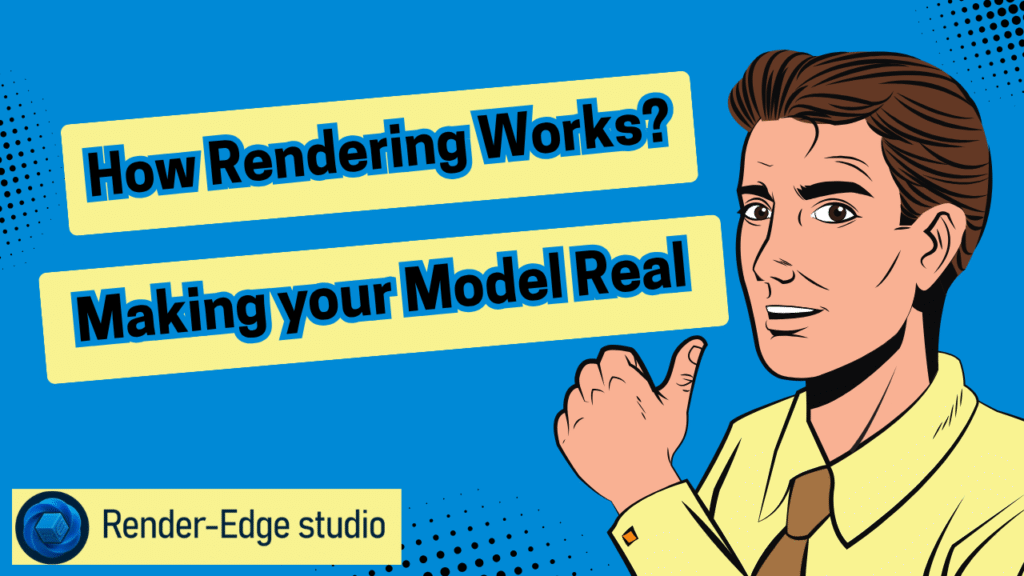
How Rendering Works: Making your Model Real
Rendering is the process of turning your 3D objects into a visually appealing image. It implements textures, lighting, reflections, shadows, and particles to make scenes either look realistic or artistic.
The process can be simplified into a workflow:
- Model Creation: The designer uses software like Blender, Autodesk Maya, or 3ds Max to model a digital object or environment.
- Material and Texture application: Surfaces are assigned realistic textures: marble countertop, brushed metal, etc.
- Lighting: The designer will use HDRI maps and/or point light to simulate ‘real life’ lighting.
- Ray Tracing and Rendering: The designer uses a rendering engine such as V-Ray or Cinema 4D that determines the behavior of the light within the scene and essentially generates a photorealistic image.
- Post Processing: The last step is applying minor adjustments to contrast/depth/colors in photoshop or After Effects.
Take for example a designer that creates a rendered image of a luxury villa. An image that consists of sunlight, shadows, and a glossy marble floor, where it all comes together in a single breathtaking image that preserves a moment in time.
This process is suitable for marketing brochures, real estate listings, or product advertisements where an image creates a strong feeling and brings a story to life.
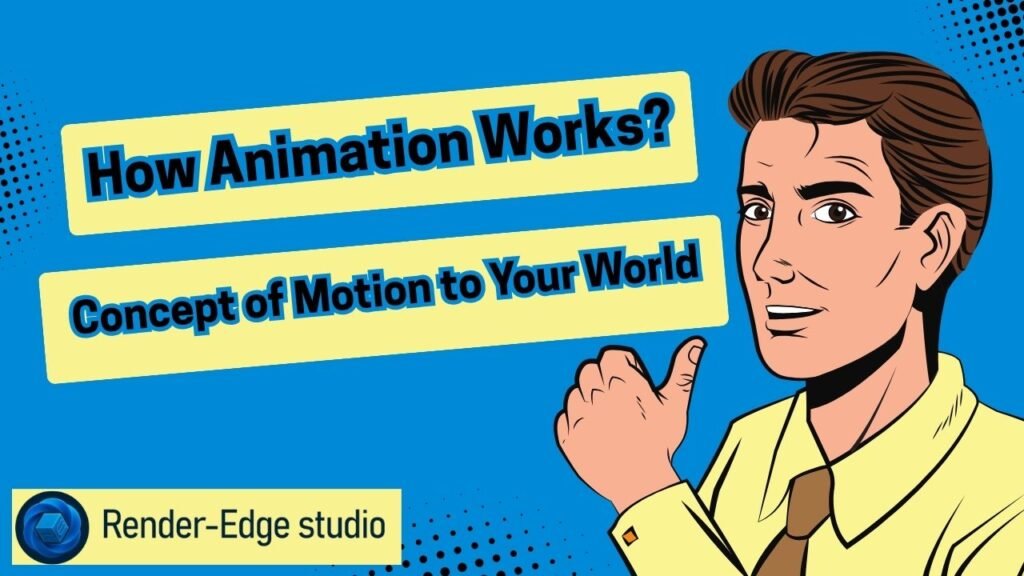
How Animation Works: Concept of Motion to Your World
Animation advances the idea of rendering with motion. Each frame is rendered, and when they play in order —— your static model is animated. This is the world of keyframe animation, motion capture (MoCap), and advanced VFX.
Animation workflow is simplified as follows:
- Modeling: Like rendering, it begins by constructing 3D objects.
- Rigging: A digital skeleton (rig) is bound to a character or object to allow for realistic movement.
- Keyframing & Motion: Designer will define each key frame’s position, motion and rotation. Alternatively, motion capture can automate rational movement.
- Lighting & Rendering: Once the character or object has moved, each frame will need to render consistent lighting for realism.
- Post-Production: Effects can be applied such as motion blur, particle simulations, and/or computer-generated imagery (CGI) effects.
Example: If we developed a walkthrough animation of a downtown apartment, the video would begin with an aerial survey of the apartment, move through the lobby, view different rooms, and end with a sunset view of the terrace. The property would be virtually experienced through the animated video. Check out the guide on Why Animation Is a Key Element in Modern Advertising?
Important Differences Between 3D Rendering and Animation
Here’s a breakdown of the distinctions:
- Movement: Renders are still and animations are animated.
- Time & Resources: Rendering can often be faster while animation requires a significant amount of time and processing capacity.
- Storytelling: Animation can take viewers through a scene, share a story, or connect objects as they would in reality.
- Interactivity: Some animations incorporate AR / VR experiences that allow users to integrate from the public or spaces.
- Use: Renders are great for brochures or social media, animations are great for walkthroughs, marketing videos, or special effect type layout.
Understanding the subtle differences
It can be tricky to work through some of the finer distinctions – the short guide below should help.
- 3D renders vs animations: Renders = still visual images, Animations = moving sequences.
- CGI render definition: Computer Generated Imagery is any visual aphoristic render (still or video)
- 3D animation methods: Key framing, MoCap, physics simulations and algorithms.
- 3D visual vs animation distinctions: Visualization = static comprehension and analogy, Animation = motion or action storytelling.
- Rendered images vs animated scenes: A rendered image is a freeze frame still, where an animated sequence involves some immersion experience through motion.
Tools & Software You Should Know
Here’s a handy table for your reference:
| Process | Popular Software | Notes |
| Modeling | Blender, Autodesk Maya, 3ds Max, Houdini | Foundation for both renders & animations |
| Rendering | V-Ray, Lumion, Cinema 4D, Arnold | Ray tracing for photorealism |
| Animation | Blender, Maya, Houdini, After Effects | Keyframes, MoCap, VFX integration |
| Visualization | Unreal Engine, Unity | Real-time 3D walkthroughs & VR |
Step-by-Step Examples: Deciding to Render or Animate
Every so often, you’ll be faced with the daunting decision of to render or animate. Below is an easy decision guide:
- Determine Your Purpose: Are you selling one product? Or telling an entire story?
- Examine Resources and Capabilities: Do you have the time and power to animate?
- Evaluate Your Client Purpose: For Example: studio investors may prefer renders; but the client building wants to experience the space through an immersive animated walk through or tour.
- You Can Combine Resources When Needed: In fact most projects benefit from both options, in that the render can be featured in a social media post and the 3-D animation can be on the website or presented during a meeting.
Real-Life Examples
- Real-Estate: A high-end villa in Miami employed CGI rendering for brochures, animations for tours, and animatics for previews. The virtual reality animation proved extremely effective – the client pre-sold 60% of the units!
- Product Design: A manufacturer of smartwatches used CGI rendering to demonstrate finishes, and animations to demonstrate capabilities. The online engagement went up by 45%!
- Film & VFX: When it comes to movies, the creators rely on both rendered frames and their animation pipeline for realism with flying creatures, and/or destroying whole cities.
Key Points
- The main difference is rendering freezes moments, while animation freezes motion.
- Both render and animation rely on 3d modeling.
- Renders work well for marketing imagery and a quick presentation.
- Animations work well for storytelling, walkthroughs, and immersive experiences.
- Tools like Blender, Maya, and Houdini make both processes accessible.
Final Thoughts
So, the next time someone asks, “What’s the difference between animation and 3D render?” You can confidently say it’s about motion, storytelling, and how the viewer engages with your digital world.
Think about 3D rendering as a perfect photo and 3D animation as a trip through a movie. Animation and rendering open new ways to bring ideas to life that a static sketch or photo, will never be able to do in the world of excitement. The distinction is valuable for any industry including real estate, product marketing design, and film and might save you time while enhancing engagement or project quality.
Lastly, just remember that the conversation of rendered images vs. animated scenes is not necessarily a matter of which is better, but which is right for your project? Sometimes, the answer is to use both at the right time.
At Render Edge Studio, we specialize in creating stunning 3D renders and animations that bring ideas to life.
Frequently Asked Questions Regarding 3D Rendering and 3D Animation
Q1: Am I able to generate an animation from a 3D render?
Yes, every frame in an animation is essentially a render! When making a series of drawings that have incremental movement, you can convert a still render into a series of images that become animation.
Q2: What is quicker: rendering or animating?
Rendering a single image will be much quicker. When animating, you need to render hundreds of images or layers that require many more hours of time.
Q3: What is the easiest software to use as a beginner?
Blender is free, easy to use, and offers great capabilities for both rendering and animating in one package. Autodesk Maya and 3ds Max are industry standards but have a higher learning curve.
Q4: How does FPS (frame rate) work for animation?
Simply, the higher the FPS, the smoother the movement seems. Most motion pictures would use around 24–30 FPS, while new experiences for VR may require FPS around 60–90 to feel real enough to users.
Q5: Does 3D animation help hire better marketing results?
Definitely! 3D Animations help drive engagement, higher conversions, and create a more immersive experience to projects (compared to static images).
Read More About:

